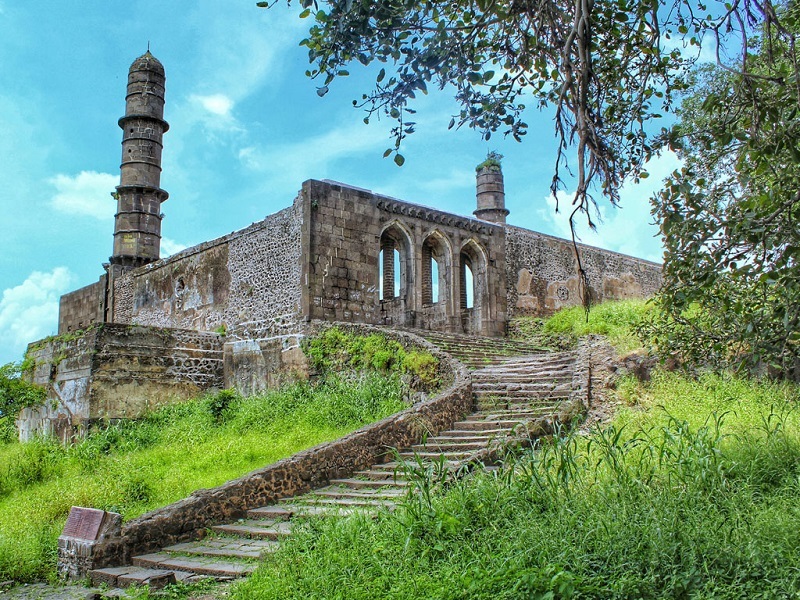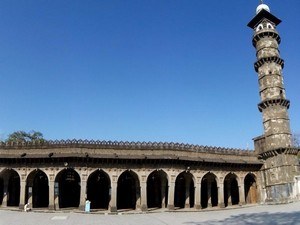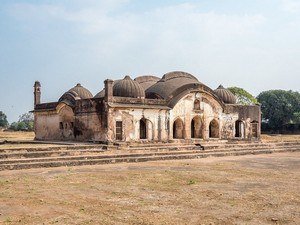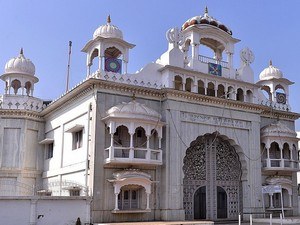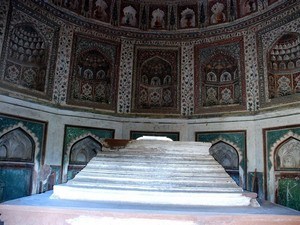Asirgarh Fort, Burhanpur - Timings, History, Architecture, Best Time to Visit
 #1 of 14 Places to Visit in Burhanpur
#1 of 14 Places to Visit in Burhanpur
 Distance (From Burhanpur): 27 Kms
Distance (From Burhanpur): 27 Kms
 Trip Duration (Including Travel): 2 Hours
Trip Duration (Including Travel): 2 Hours
 Place Location: At Asirgarh
Place Location: At Asirgarh
 Transportation Options: Bus / Cab
Transportation Options: Bus / Cab
 Travel Tips: None
Travel Tips: None
At a distance of 27 km from Burhanpur, Asirgarh Fort is a historical fort situated at Asirgarh village near Burhanpur. Located on Asha Devi Road, it is one of the major places of heritage near Indore, and among the prime places to visit as part of Burhanpur packages.
Stands impregnable in the Satpura Ranges, Asirgarh Fort is said to have been built by a king named Asa Ahir in the early 15th century. He was murdered by Nasir Khan of Khandesh. Nasir Khan's descendant Miran Bahadur Khan (1596-1600) declared independence and refused to pay homage to Mughal emperor Akbar. Enraged, Akbar marched Burhanpur in 1599 and captured the entire city. He then also besieged the fort and captured it in 1601. The fortress was later held by the Marathas, and it was twice captured, in 1803 and 1819, by the British. This fort has been deserted following the departure of the British.
This is the fort where Mughal Emperor Jahangir imprisoned his eldest son, the rebellious Prince Khusraw after blinding him, and he was allegedly murdered by Prince Khurram, the third son of Emperor Jahangir. History came haunting back when Shah Jahan's beloved wife Mumtaz Mahal died here while giving birth to her fourteenth child. Mumtaz Mahal was first buried in Burhanpur, before ultimately finding a place to rest at the inimitable Taj Mahal. Asirgarh was also the seat of Emperor Aurangzeb's twenty-six-year-long Deccan campaign.
Spread over an area of more than 60 acres, the architectural style of Asirgarh Fort was heavily influenced by the Mughals and is a combination of the Islamic, Persian, Turkish and Indian styles of architecture. The fort may appear to be a single large fort, but is, in fact, a collection of 3 forts known as called Asirgarh, Karmargarh, whereas the third part is called Malaygarh. The fort has been constructed of stone and limestone. Located at an altitude of about 701 m, the fort was known as the 'key to the Deccan' as the fortress commands a pass through the Satpuras connecting the valleys of the Narmada and Tapti rivers, one of the most important routes from northern India to the Deccan.
The fort houses a temple called Gupteshwar Mahadev Mandir dedicated to the Hindu deity Shiva. According to local legends, Ashwatthama, a famous character from Mahabharata, visited this temple regularly to worship Lord Shiva. There are three man-made ponds to provide a water supply. There is a ruined mosque with minarets known as Asir Masjid inside the Fort. Apart from the Hindu and Muslim architecture, some ruins are of British origin and there are also British graves. Being located on the highest point, it offers a bird's eye view of the surroundings.
Timings: 10 AM - 5 PM
Entry: Free



